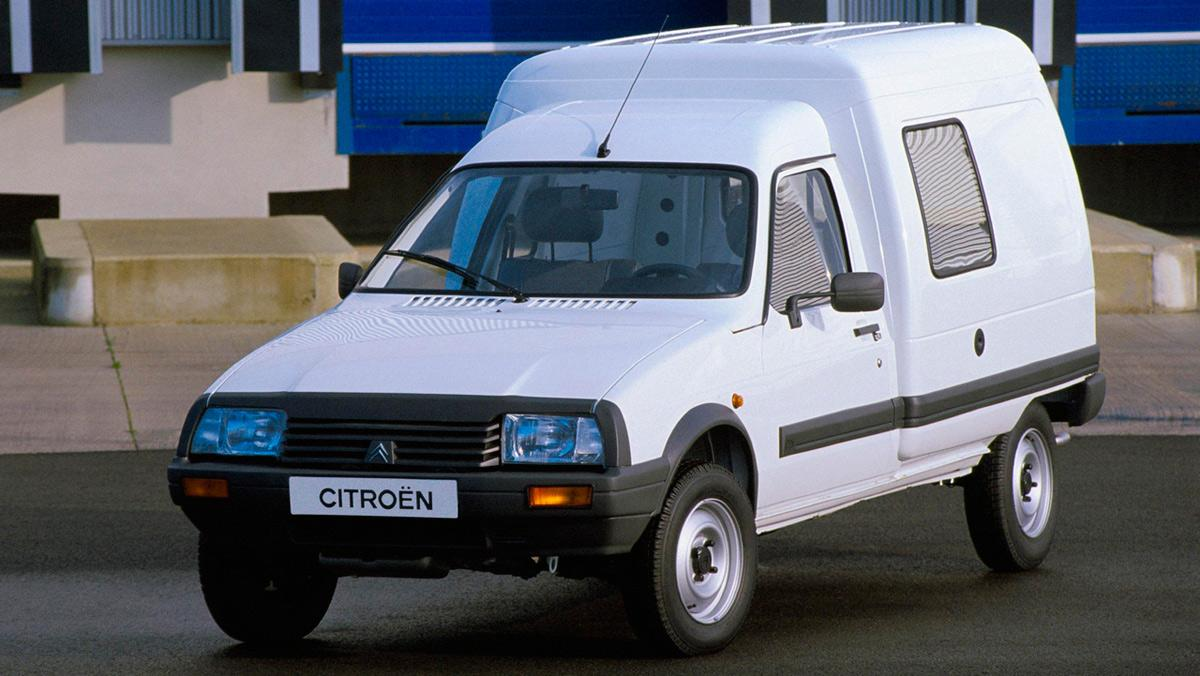Is $200m supposed to be a big number? That's like 0.02% of yearly military budget. They could lose that every day for a year and not even notice.
ExLisper
What's with the American obsession with pickups? Hard to find a worst design when it comes to practicality. You carry extra people way more often then huge loads. If you do need to carry big loads just get a van, at lest your cargo is protected from the weather and people. If you don't carry extra people or cargo get a smaller car. Almost no one uses pickups in Europe and everyone is still getting their job done. Where I live most old farmers just use this:

Agree with everything (especially the 10 x 500kW > 6 x 1MW part), I'm not saying building out the infrastructure will not happen, I'm just saying that it will be difficult and what I see in real world is far from the ideal you're describing. On any longer travel I have to pass through low travel areas. Entering cities to charge is impractical because getting in and out can take 0.5-1h. The chargers are still unreliable so planning a longer route is not easy. I have to carefully check the chargers maps, looking at the distances between each charger and possible backups. 99% of people are not going to do this. Until a big. reliable network of fast chargers exists they will just stick to gasoline cars (or protest if you force them to switch). And building such networks is a slow and expensive.
I see couple other problems:
- you need to put some of the chargers in the middle of nowhere (next to a highway, hundredths of km from big cities. in Spain for example there's a lot of depopulated areas). Building all the infrastructure to get the power there will be very expensive
- even in cities changing the grid like that can be very difficult. My office wanted to put 10 slow (20kW) chargers in the office and it took a year for the power company to make the necessary changes.
- at a gas station it's hard to break the gasoline supply. Individual pumps can break but the supply is very robust. If anything at the 1MW charger breaks (lines, transformer, converter) the entire things goes out of service and will take hours/days to fix. Building those charges to be as reliable as gas stations will be difficult and expensive.
The charging times are not about how long do you have to wait while your car is charging but how many cars can you charge at peak hours. Last Easter in Spain there were huge lines to the charges because everyone was driving at the same time and there were simply not enough chargers. 5 min vs 10 min charging means the line is moving twice as fast.
What DE?
Because Trump's motivation to lie is clear here. China on the other hand has no reason to lie about negotiating.
Ionity has 300kW chargers in Spain but there are pretty rare. 50kW-100kW is most common here. Rolling out 1MW network will be very slow due to all the infrastructure it requires and judging by the prices of 150kW chargers, charging at 1MW speeds will probably be more expensive than gasoline. But in the end that's the only way to actually replace gasoline cars so they will have to build it eventually. My guess would be 10-15 years before you can reliably (as in network big enough that you can easily find working chargers) charge at those speeds.
Interesting, I've found this quote:
"Unlike regular EV chargers, these new high-powered units can't simply be installed anywhere, as they demand substantial electrical capacity to operate at full capacity. They may require more direct access to high-voltage mains, limiting their deployment to locations with robust grid infrastructure."
I thought getting a 1MW connection to the grid is pretty much impossible for a charger. I wander if we're going to see this in Europe.
Charging this fast is always battery to battery, right? Any idea how many cars can the BYD charger charge before going back to a normal speed (i.e. getting power from the grid)?
In March she claimed she was in an accident and had 4 days to live. This looks like some mental health issue. Maybe she tried to get attention by faking an accident and now realized what her situation was?
She claimed her car was hit by a bus but the journalists were not able to find information about any such accident. And she clearly lived more then 4 days.